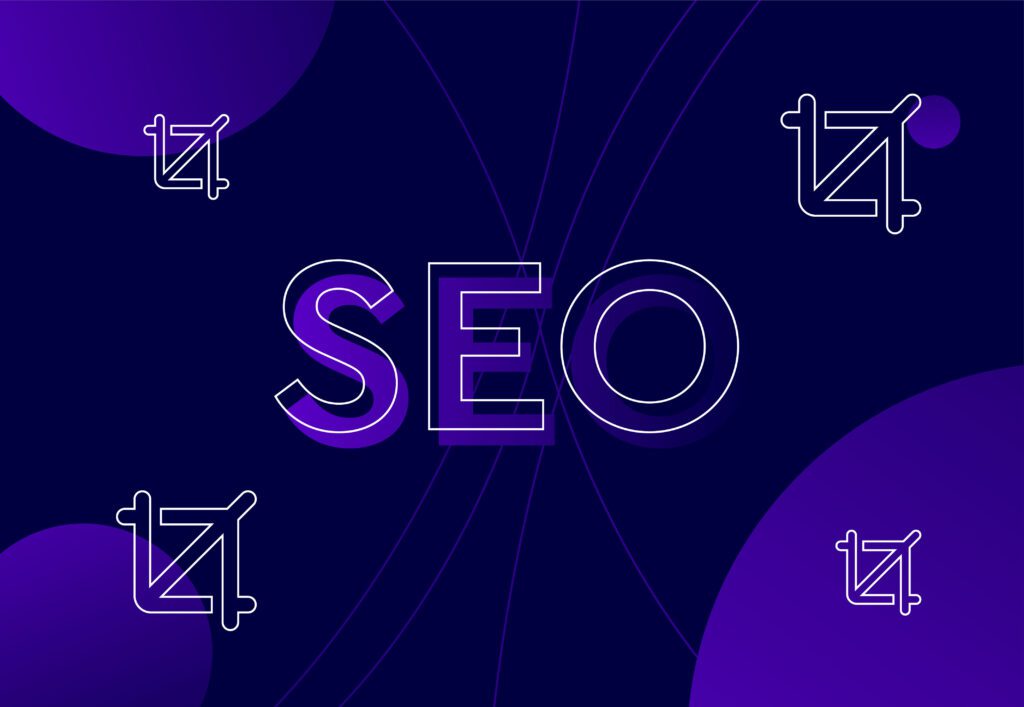
How to use data to inform your SEO strategy

SEO data can be the foundation for both strategy and for reporting on your optimisation efforts – you just have to ensure that the numbers you’re crunching are as good as they can be. In this guide, our team of experts will give you some top tips for utilising data – helping you form useful tactics to be used across various clients for incredible results.
But first, we’ll touch on the two kinds of data we use to form a strategy:
- Internal
- External
A mixture of both should be used where possible, so you’re always better equipped to approach your SEO strategy from different standpoints.
Using internal data
When forming a strategy, internal data should be your first port of call. With a myriad of benefits, from aiding with data storytelling to helping you find concrete evidence to use in your strategies, these numbers should be the cornerstone of your SEO activity.
However, many people confuse internal data with platform data such as Google Analytics and similar tools – which is classed as ‘analytic data’.
When we talk about internal data, we’re looking for information specifically from a client’s company or business, including:
- Financial data
- Marketing data
- Audience data
- Promotional data
As a rule, try to get as much information from your clients as possible. They know their business inside and out, meaning you have instant access to the best data available.
We’ll talk about how to source data for the above in the next section.
Where can I use internal data in my SEO strategies?
Financial
To increase the average customer value, you need to know the conversion rate for upsells (e.g. at-basket addons, in-platform feature upsells), so you can calculate the number of conversions needed to generate. This results in a higher lifetime value and increased revenue for each customer.
This also works for the rate of refunds, which can be set into forecasts, as well as leads. For example, you can see the value of leads driven by different conversion points to determine where industry-based SEO tactics should be concentrated.
Marketing
Any information around a client’s plans to market the company, product, or service should always be baked into data-driven marketing activity for new landing pages, on-page optimisation, and new content.
Positioning data and how your client sees themselves is what sets them apart from other competitors in their field – so make sure to use this to inform landing page optimisation, new content, and general tone of voice across the website.
Audience
Often, target audiences differ from actual audiences, and platform data can only provide estimates. That means the better you understand an audience, the better you can tailor content to engage and capture them.
Promotional
Using promotional data means analysing the data that has come from promotional efforts and campaigns. From this, you can see what’s worked and what hasn’t worked (such as what audiences are most interested in or how effective certain keywords are), and use the data to tailor your strategy to a direction of utmost success!
Using external sources
External data can come from a variety of sources and give you ample opportunity to explore and dissect opportunities from different angles, including:
- Analytics
- Audience
- Competitor
- Industry
As well as external data, you can also look at similar clients (even if they are not competitors), conferences and webinars, and even past experience.
Where can I use external data in my plans?
Analytical
If you don’t know how you’re performing currently, or how you have done previously, you won’t be able to predict what you need to get accurate results.
That’s where using an analytics platform can form a great base for your data, such as:
Both of these examples can give you clear visuals as to how search engine crawlers are auditing and understanding your current website. This can help you determine key focus areas for improvement – whether that’s at a general level or down to query.
Audience
Starting from your general research, we can combine that information with the knowledge learned from your Analytics deep dive. This can help you determine how accurate that audience profile is compared to the site profile – and if it’s hugely different, you know that a good portion of your strategy will be focused on realigning them.
Competitor
Even if your competitor’s activity is aligned with your own, it’s crucial to keep an eye on what they’re focusing on. Use the content explorer from SEO tools like Ahrefs to see what kind of content is appearing, and to see if you need to create a similar strategy or rival content to combat it in the same space.
Using other tools like Sistrix and SEMRush can give you an overview of visibility, keywords, SERP features, and general top-line SEO data for your site, your competitors, and even industry benchmarks.
Industry
Looking at external data of the industry (whether it be your own or that of the client) helps you predict where the business may stand in the following months or years. This type of data could impact how you handle your SEO efforts, therefore changing your strategy. Looking at the industry of your client could also help you pinpoint professionals and big names within this sphere, which could in turn benefit your backlink strategy by collaborating or forming relationships within the industry!
Final takeaway
Strategies can, and should, change as frequently as they need to. Leaving strategies stagnant is one of the worst things you can do, as SEO situations change rapidly – so if you’re not adapting your strategy based on the latest data, you’re going to be left in the lurch.
If you need an expert touch – or someone to structure your strategies for you – discover how Embryo can take your SEO to the next level, get in touch.
FAQs
Should I share my data with an SEO agency if I am in a regulated industry?
All SEO agencies comply with GDPR regulations. All data shared with an agency should not be personable identifiable information. Agencies will only require marketing performance data which involves overall revenue streams and product performance.
Will an agency make an effort to understand my business?
At Embryo, we go above and beyond to understand business revenue targets.